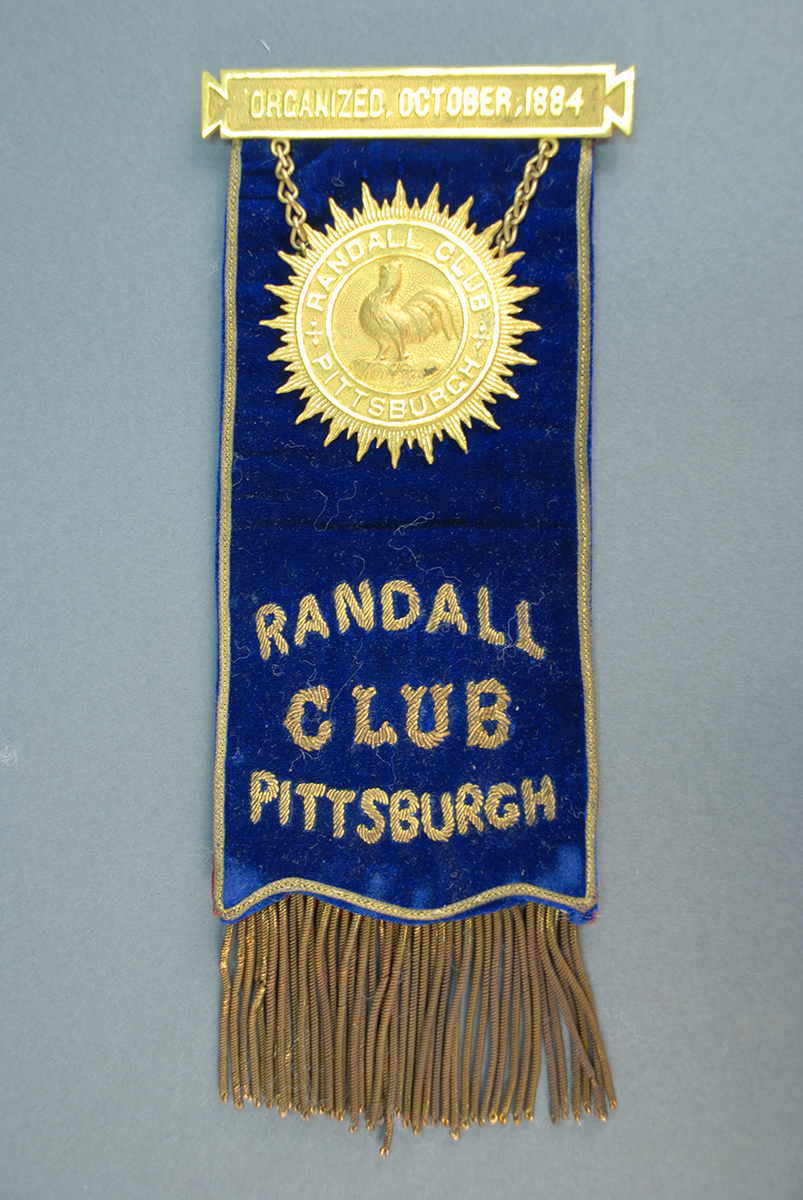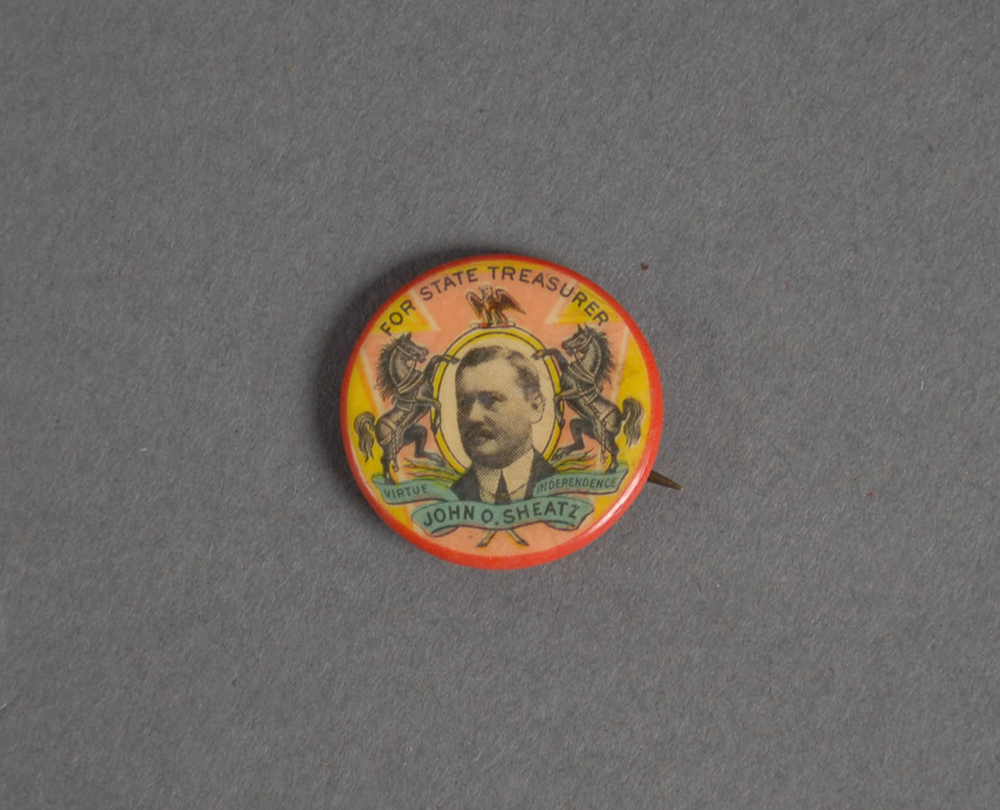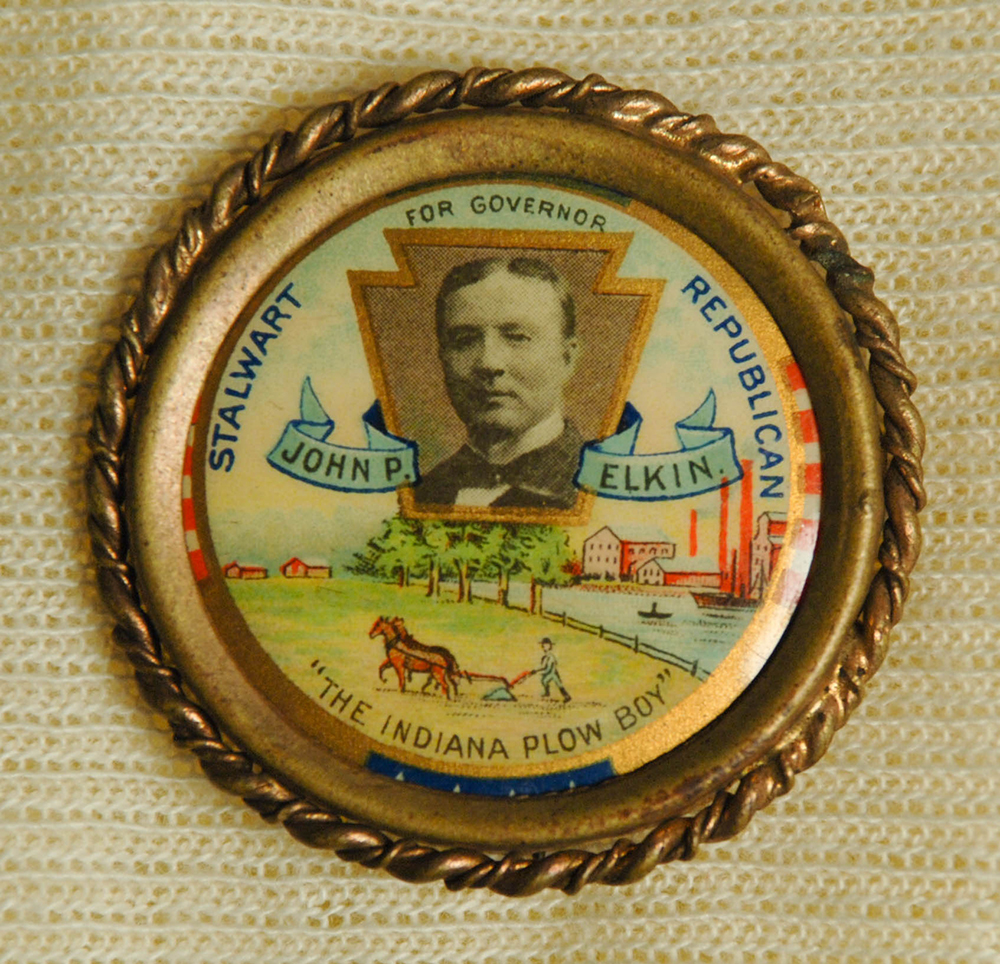See more political ephemera that documents more than 200 years of state and national politics here: Krasik Collection of Pennsylvania & Presidential Political Memorabilia.
In national election years, we see campaign materials – bumper stickers, t-shirts, baseball hats, and buttons – being used to promote candidates’ names and political platforms.
Campaign and political ephemera has a long and fascinating history in American politics, which is reflected in the recently donated Elaine B. and Carl Krasik Collection of Pennsylvania and Presidential Political Memorabilia. This extraordinary collection of more than 4,000 pieces of political material – including papers and books housed in the Detre Library & Archives, fabric ribbons, badges, celluloid buttons, and posters from various elections, campaigns, political parties, and events – illuminates the story of both Pennsylvania and national political history.
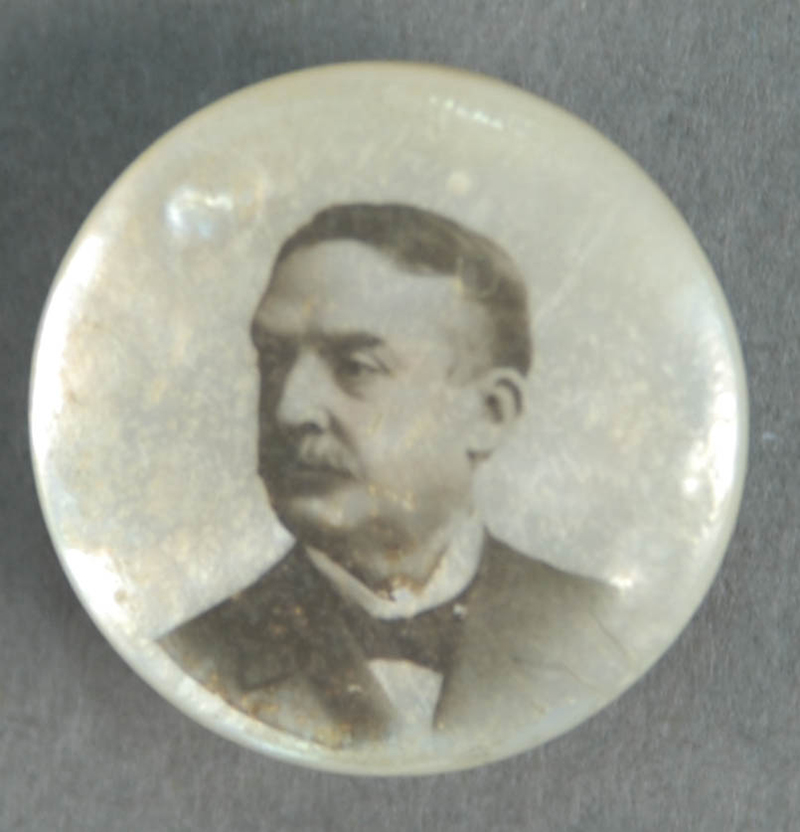
Materials in the collection date from the late 18th century through the 2014 Pennsylvania gubernatorial election. The majority of the collection focuses on Pennsylvania state politics – gubernatorial, senatorial, state supreme court, and general assembly campaigns; political clubs for politicians or parties; and political events. The collection also contains pieces from the campaigns of many U.S. presidents, including William Henry Harrison, Martin Van Buren, Abraham Lincoln, Ulysses S. Grant, Theodore Roosevelt, Franklin D. Roosevelt, Dwight D. Eisenhower, John F. Kennedy, and Barack Obama.
The 1,000 artifacts cataloged to date demonstrate that Pennsylvanians of the 19th and early 20th centuries were not shy about their politics and showed their support loudly, proudly, and in style. Worn to nominating conventions and campaign events, on voting day, and to inaugurations, campaign pieces such as simple fabric ribbons of the mid-19th century included the names of the candidates, campaign issues, and sometimes an image of the candidate or political party symbol. Metal tokens, often decorated in a similar fashion, could be slipped in a pocket as a quick reminder of party allegiance or worn proudly attached to a pin or ribbon.
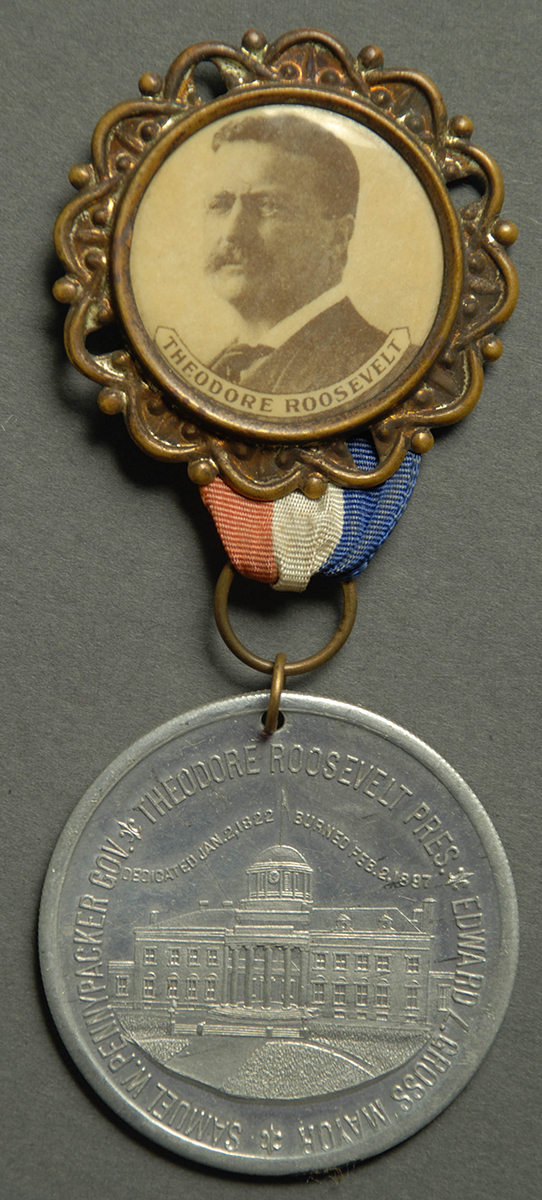
As the 19th century progressed, ribbons and badges began to include bright colors, attractive fonts, flashy gold-tone ink, photographs, shiny metals, tassels – anything to catch the eye. In the mid-1890s, celluloid buttons were developed, quickly becoming an easy and affordable campaign tool. The Krasik Collection documents the various ways these buttons were used to market candidates with catchy, short slogans, photographs, and colorful designs. Popular novelty advertising producers are also featured in the collection, including Whitehead & Hoag Co. of Newark, N.J.; Bastian Brothers Co. of Rochester, N.Y.; and J. H. Shaw Co. of Philadelphia, Pa.
The Krasik Collection provides an intriguing look at a variety of perspectives in the world of politics. Many pieces demonstrate how Pennsylvania state politics often dovetailed with national politics. For example, a ribbon for President Martin Van Buren’s 1840 campaign “name drops” a popular Pennsylvania governor of the time, possibly to increase his own popularity throughout the state. Another badge shows that President Theodore Roosevelt attended the dedication of the new Pennsylvania State Capitol building in 1906 just weeks before the gubernatorial election, perhaps with this election in mind. Impressively, the collection includes pieces from multiple political parties in almost every campaign, which offers valuable insight into political issues and arguments of the elections and leads to greater understanding of the political atmosphere of the time. The many cities, counties, and towns represented throughout the collection highlight its comprehensiveness.
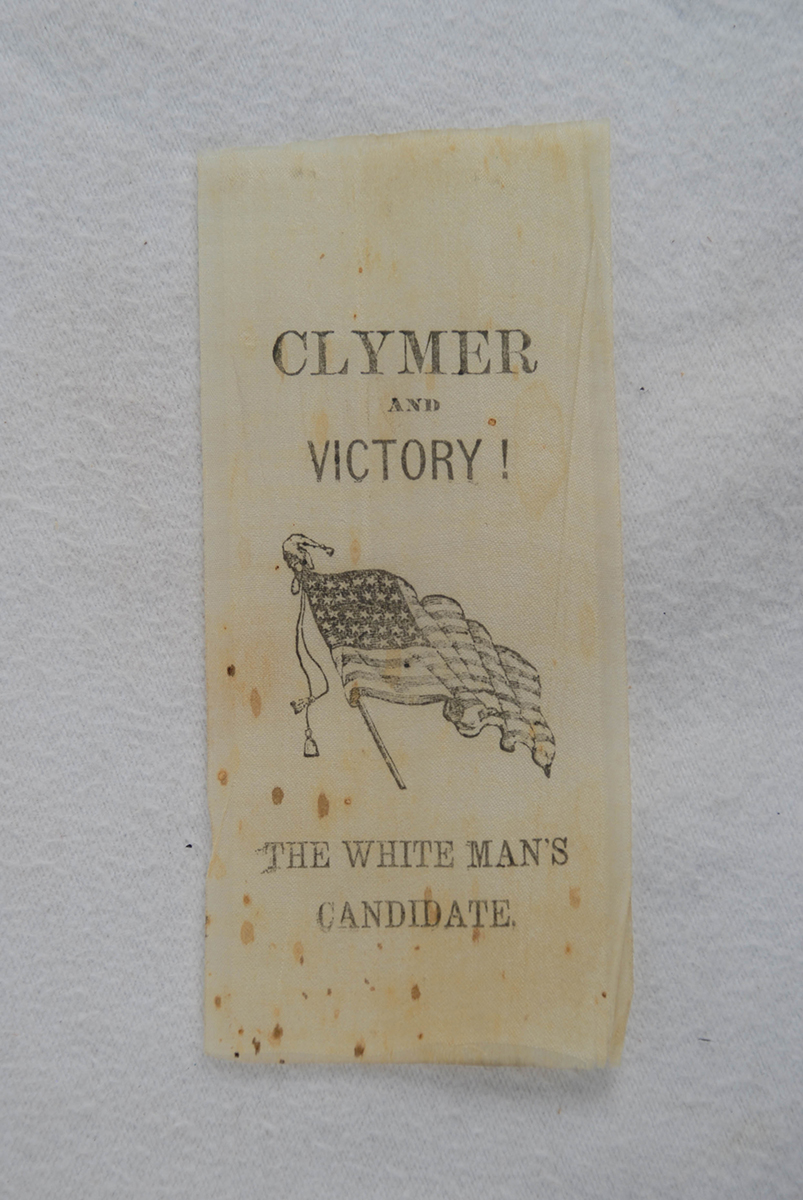
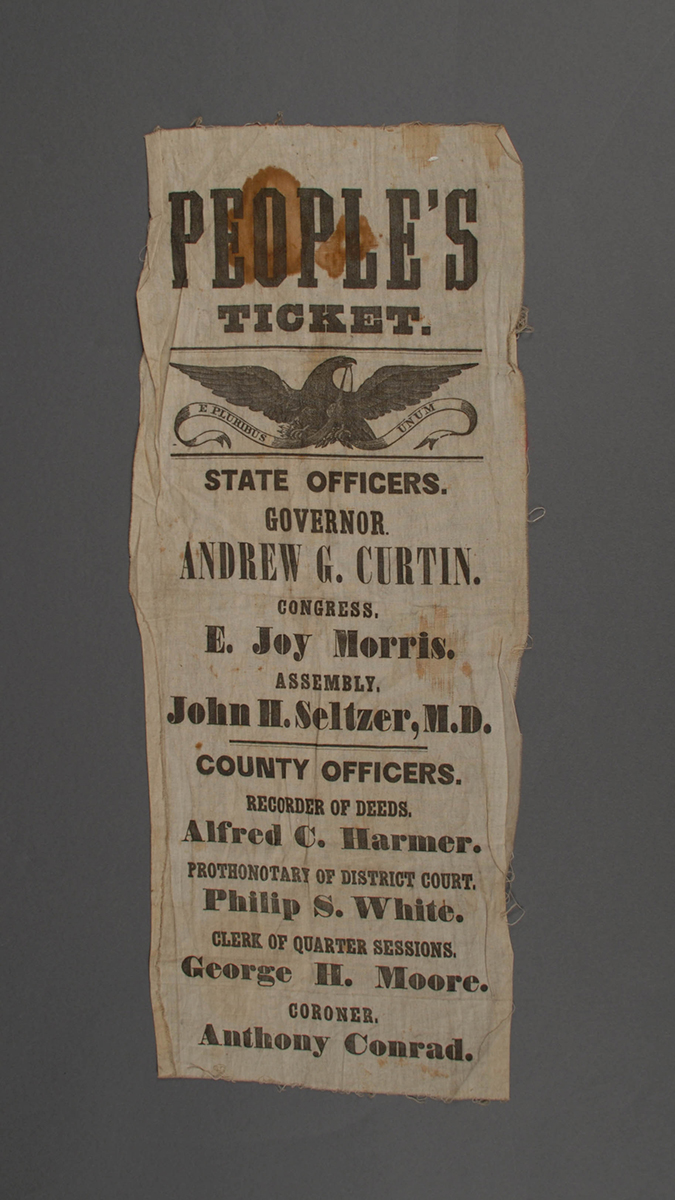
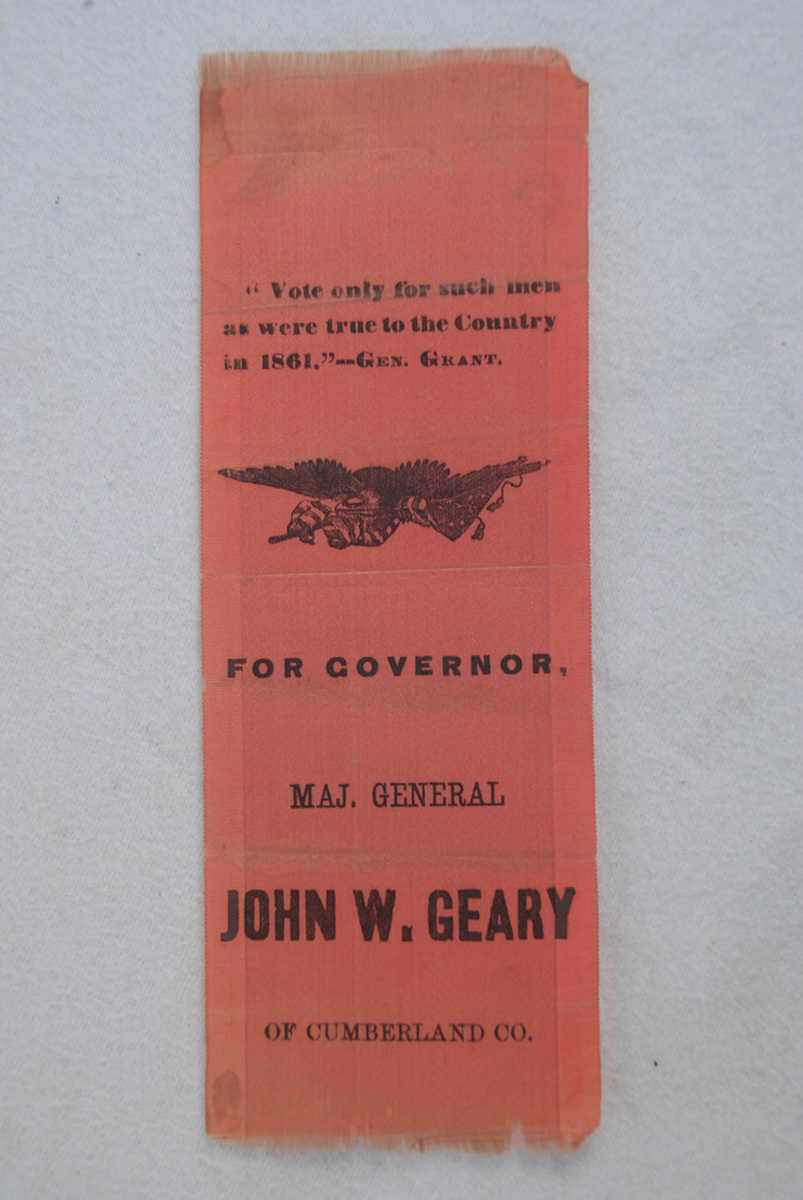
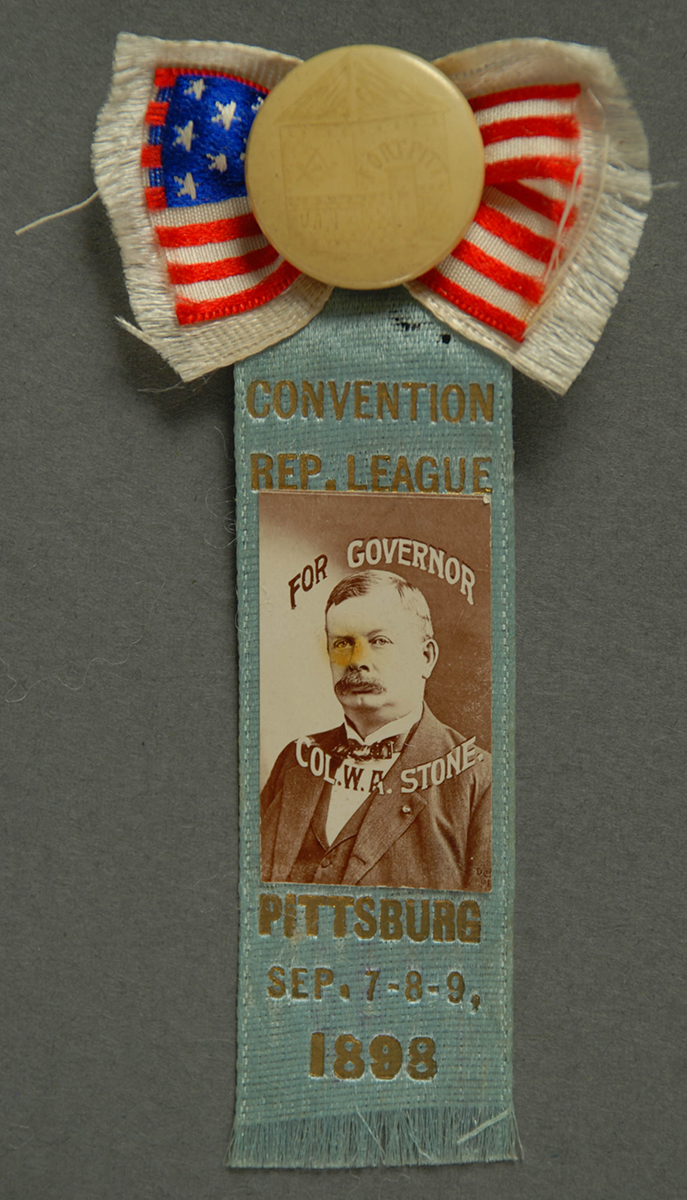
While the objects share a wealth of information, we will learn more as we continue to process and research this collection.
To view a selection of the materials from this collection, visit the History Center’s Visible Storage on the fourth floor.
Carrie Hadley is a cataloger at the Heinz History Center.
